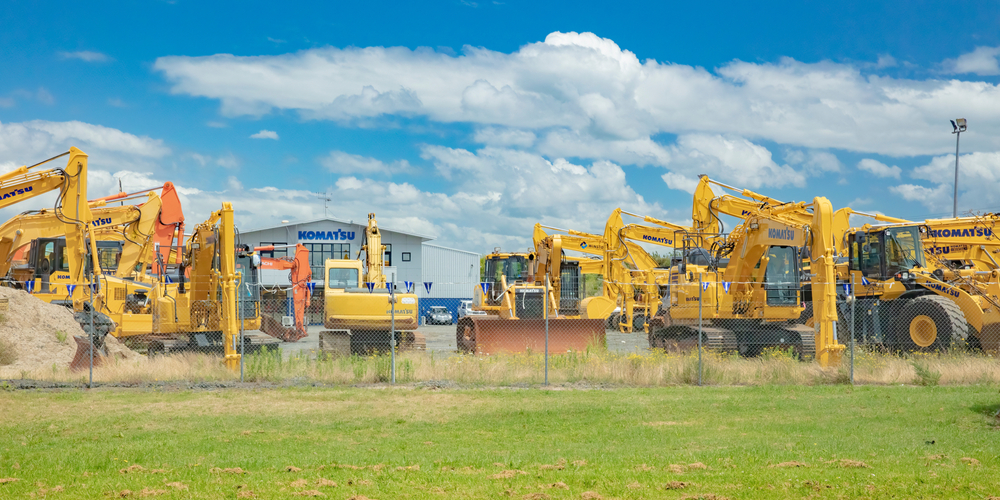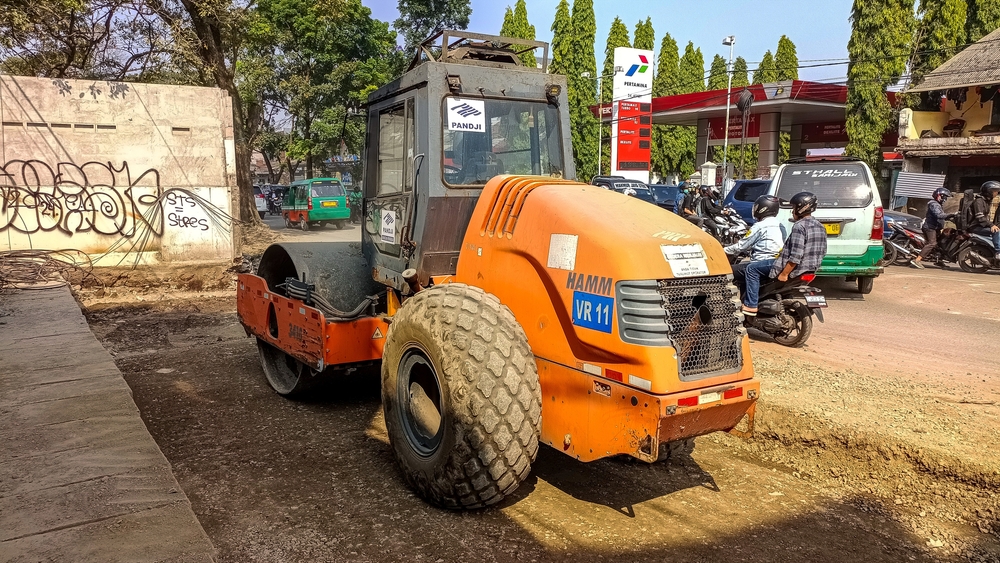Efficient logistics and storage solutions are paramount in the fast-paced world of warehouse operations. The backbone of these processes is often the lifting equipment that allows for the seamless movement, storage, and retrieval of goods.
Understanding the different types of lifting equipment available—such as forklifts, pallet jacks, hoists, and cranes—is essential for optimizing these operations.
Whether it’s forklifts, pallet jacks, hoists, or cranes, the right lifting equipment can significantly enhance productivity, improve safety, and streamline operations.
Overview of Lifting Equipment
Lifting equipment encompasses a wide range of tools and machines designed to lift, lower, and move goods within a warehouse setting. These include, but are not limited to, forklifts, pallet jacks, hoists, cranes, conveyor systems, stackers, and scissor lifts.
The general benefits of using lifting equipment in warehouses are numerous, including increased efficiency, improved safety, and the ability to handle larger volumes of goods more effectively.
General Benefits of Lifting Equipment
- Increased Efficiency: Lifting equipment reduces the time and effort required to move goods, allowing for faster processing and turnover.
- Improved Safety: Proper lifting equipment minimizes the risk of injuries associated with manual handling.
- Optimized Space Utilization: Equipment like stackers and conveyor systems help maximize the use of vertical and horizontal space in warehouses.
- Enhanced Productivity: Automating repetitive tasks allows workers to focus on more complex and value-added activities.
Types of Lifting Equipment
Forklifts
Forklifts are one of the most common types of lifting equipment found in warehouses. They come in various types, each suited to different tasks:
- Counterbalance Forklifts: These are versatile and can handle a wide range of loads. They are ideal for both indoor and outdoor use.
- Reach Forklifts: Designed for narrow aisles and high stacking, reach forklifts are perfect for optimizing vertical storage space.
- Order Pickers: Used primarily for picking and moving individual items from storage racks, order pickers are essential for warehouses with a high turnover of small goods.
Pallet Jacks
Pallet jacks, also known as pallet trucks, are essential for moving pallets within a warehouse. They come in two main types:
- Manual Pallet Jacks: These are simple and cost-effective, suitable for small to medium-sized warehouses.
- Electric Pallet Jacks: Offering more power and efficiency, electric pallet jacks are ideal for larger warehouses and frequent use.
Hoists and Cranes
Hoists and cranes are used for lifting and moving heavy loads. They are particularly useful in warehouses that handle large and bulky items.
- Overhead Cranes: These cranes move along overhead tracks and are ideal for lifting heavy loads across large distances within a warehouse.
- Jib Cranes: These are fixed to a wall or floor and can swing in a semicircular area, providing localized lifting capability.
- Gantry Cranes: Similar to overhead cranes, but freestanding and can be moved around the warehouse.
Conveyor Systems
Conveyor systems are used to transport goods within a warehouse, often over longer distances or through complex paths.
- Roller Conveyors: Suitable for moving solid and heavy items.
- Belt Conveyors: Ideal for moving smaller items or items of varying sizes.
- Chain Conveyors: Used for heavy-duty applications, such as moving pallets or large containers.
Stackers
Stackers are used for lifting and stacking goods, similar to forklifts but typically for lighter loads.
- Manual Stackers: Cost-effective and suitable for small warehouses.
- Electric Stackers: Provide more power and efficiency, ideal for larger operations.
Scissor Lifts
Scissor lifts are used for elevating workers and equipment to higher levels, commonly used in inventory management and maintenance tasks.
Selecting the Right Lifting Equipment
Choosing the appropriate lifting equipment for your warehouse is critical for optimizing operations and ensuring safety. Here are key factors to consider:
Warehouse Size
The physical dimensions of your warehouse play a significant role in determining the types of lifting equipment you can use.
Narrow aisles may require specialized forklifts such as reach trucks, while larger open spaces can accommodate counterbalance forklifts or gantry cranes.
Additionally, the height of your storage racks will influence the need for equipment capable of reaching higher levels, such as order pickers or scissor lifts.
Type of Goods
Different types of goods require different handling methods. For instance, heavy and bulky items necessitate robust and powerful equipment like counterbalance forklifts or overhead cranes.
Conversely, smaller, lighter items might only require pallet jacks or manual stackers. Consider the nature of your inventory—its weight, size, and fragility—when selecting your lifting equipment to ensure it meets your operational needs.
Frequency of Use
The frequency with which you use lifting equipment impacts the choice of machinery.
Equipment that will be used intensively on a daily basis should be highly durable and efficient to minimize downtime and maintenance costs.
Electric pallet jacks and electric stackers, for instance, are ideal for frequent use due to their ease of operation and reduced physical strain on workers.
Cost vs. Benefits
Conducting a cost-benefit analysis is crucial for determining the most economical option for your warehouse.
While initial costs of advanced equipment might be higher, the long-term benefits such as increased efficiency, reduced labor costs, and enhanced safety could outweigh the investment.
Consider the total cost of ownership, including purchase price, maintenance, and operational efficiency, to make an informed decision.
Safety Considerations
Safety is paramount when using lifting equipment. Implementing best practices ensures a safe working environment and minimizes the risk of accidents and injuries.
Here are essential safety measures:
Training and Certification
Operators must be properly trained and certified to handle lifting equipment. Comprehensive training programs should cover equipment operation, safety protocols, and emergency procedures.
Certification ensures that operators are knowledgeable about the equipment they use and can operate it safely.
Regular Maintenance
Routine maintenance and safety checks are essential to keep lifting equipment in good working condition.
Regular inspections help identify and address potential issues before they become serious problems.
Maintenance tasks should include checking hydraulic systems, inspecting chains and ropes, and ensuring all safety mechanisms are functioning correctly.
Safety Guidelines
Following manufacturer guidelines and safety protocols is critical for preventing accidents and injuries.
These guidelines often include instructions on safe operating practices, load limits, and emergency procedures.
Adhering to these protocols ensures that equipment is used correctly and safely, reducing the risk of mishaps.
Conclusion
Choosing the right lifting equipment is crucial for optimizing logistics and storage in warehouses. Proper lifting solutions ensure that operations run smoothly, minimizing downtime and maximizing throughput.
Additionally, investing in the right equipment reduces the risk of workplace injuries, creating a safer environment for employees.
Ultimately, selecting and maintaining the appropriate lifting equipment not only improves daily operations but also sets the foundation for long-term success and sustainability in warehouse management.









